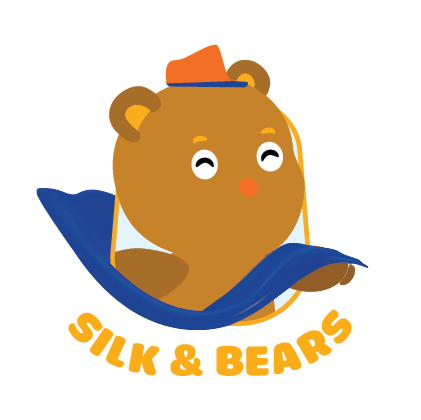Silk, with its shimmering luster and luxurious feel, is a fabric that has captivated the world for centuries. From its origins in ancient China to its role as a symbol of opulence and refinement, silk has a rich and fascinating history that continues to make it a cherished and sought-after material today.
The Birth of Silk
Silk's story begins in China, where legend has it that the Empress Leizu discovered silk around 2700 BC. According to the tale, she found a silkworm cocoon in her tea, unraveled it, and discovered the delicate threads within. This marked the birth of silk production, which soon became a closely guarded secret in China. The Chinese monopoly on silk lasted for over a thousand years, and the fabric was highly prized in international trade.
The Silk Road: A Path of Discovery
The demand for silk led to the creation of the Silk Road, a network of trade routes connecting China to the Mediterranean. Along these routes, silk was exchanged for other valuable commodities, introducing the fabric to different cultures and regions. This exchange of goods and ideas had a profound impact on the development of civilizations.
The Silk Industry
Silk production involves the cultivation of silkworms, the spinning of their cocoons, and the careful extraction of the silk threads. These delicate threads are then woven into a wide range of products, from exquisite garments like traditional Chinese qipaos and Vietnamese ao dai to luxurious bedding, scarves, and more. Silk is celebrated for its natural sheen, softness, and breathability, making it a popular choice for various applications.
Symbol of Elegance and Prestige
Throughout history, silk has been associated with prestige, nobility, and elegance. In many cultures, it was reserved for the upper classes and was a symbol of wealth and power. Royal garments, ceremonial robes, and lavish furnishings were often crafted from silk, emphasizing its regal connotations.
Silk in Modern Times
Today, silk has become more accessible to a global audience. Its use extends beyond clothing and textiles to encompass a wide range of products, including silk sheets, pillowcases, and even skincare products. The natural properties of silk, such as its hypoallergenic and moisture-wicking qualities, have contributed to its popularity in the beauty and wellness industry.
Sustainability and Ethical Considerations
While the silk industry has evolved, there is an increasing focus on sustainability and ethical practices. Sustainable silk production methods, such as "peace silk" that allows silkworms to emerge from their cocoons unharmed, have gained attention as environmentally friendly alternatives.
Silk, with its timeless elegance and historical significance, continues to be a fabric of choice for those who appreciate its beauty and luxurious feel. Whether draped around the shoulders of a fashion-forward individual, adorning a cozy bed, or used in various creative ways, silk remains a symbol of refinement and sophistication. As we explore the intersection of tradition and modernity, silk's allure remains as strong as ever, a testament to its enduring and cherished presence in our lives.

